During the Christmas season there are certain things that are given. Macy’s Thanksgiving Day Parade ends with Santa pulling up his sleigh to the big Herald Square department store. Shoppers go nuts over things they never thought they needed. And old favorite Christmas cartoons air on TV.
Rankin/Bass produced many of the classic cartoons over the years, starting with Rudolph the Red-Nosed Reindeer in 1964. In 1969 they interpreted the classic children’s song about a snowman that magically comes to life due to a magic silk hat. Frosty the Snowman is still aired because, like most Rankin/Bass specials, its pacing is brisk, it has a drama, and it has a big-name celebrity (for the day, at least) in the form of Jimmy Durante narrating and singing.
Needless to say these specials begat more specials over time. And with the demand the thought of sequels entered the minds of Rankin-Bass.
So in 1976, a sequel to Frosty was released. Called Frosty’s Winter Wonderland, this special featured Andy Griffith as the narrator with a plot based around finding Frosty a life partner: “Mrs. Frosty,” or Crystal. Instead of a magician meddling with Frosty’s existence, this time it was Jack Frost (who had previously appeared in his own Animagic special from Rankin/Bass) who tried to make winter a permanent thing, among other ideas. A snowperson parson was also part of the mix. Additionally, many of the original voices from 1969 participated in the production. Between the animation, script writing, and voices, Frosty’s Winter Wonderland is a proper, seamless sequel.
So why is it no longer shown after Frosty the Snowman on CBS? It all has to do with licensing of the Rankin-Bass specials after the company’s demise in 1987, as well as a pivotal moment in the company’s history.
Rankin/Bass was founded in 1955 as Videocraft International, Inc., producing TV commercials. In 1960 they moved into producing TV cartoons in stop-motion “Animagic” format. Their first success was The New Adventures of Pinocchio, a show which established the company’s bona fides. (Note that the animation was done by various companies in Tokyo, Japan, and that two alumni of the companies used – Toshio Suzuki and Hayao Miyazaki – went on to form Studio Ghibli, creator of many award-winning animé movies.)
After many successful animated specials that mostly focused on major U.S. holidays and that were done with both Animagic and traditional drawn animation, Rankin/Bass was acquired by Tomorrow Entertainment, part of General Electric Corporation (who sponsored the original broadcast of Rudolph in 1964). In 1974, Rankin and Bass split ties with GE and reformed Rankin/Bass as an independent animation studio where they continued to produce cartoons (not just holiday specials but long-form version of two Lord of the Rings stories and other literary adaptations) until the 1980s. Rankin and Bass also worked on specials into the 1990s and early 2000s.
Note that 1974 date: it is the delineation of who owns the current licensing rights to Rankin/Bass specials. When Rankin/Bass officially ended their partnership in 1998, the specials found new owners and distributors. All pre-1974 R/B productions are now owned and distributed by DreamWorks Animation and NBC Universal – this makes sense as GE owns NBC Universal. Most of the post-1973 productions are owned and distributed by Warner Brothers via their Telepictures division.
This left CBS in a bit of a crisis as their traditional paring of the 1969 and 1976 Frosty shows was now prevented by licensing issues.
CBS needed to find a solution in a hurry, so they commissioned a new Frosty show by Broadway Entertainment (i.e. Lorne Michaels’ production company best known for Saturday Night Live). They assembled a cast of well-known stars, including John Goodman, Jonathan Winters, Andrea Martin, and Jan Hooks. They enlisted Bill Melendez, producer of myriad Peanuts TV specials, to produce and direct the show. The soundtrack duties were handed to Mark Mothersbaugh, best known as a member of Devo. The plot revolved around the then-current trend to replace chlorofluorocarbon propellents in aerosol sprays: it was a show that had an anti-climate-change message.
But the hurry-up production and lack of connection to the Rankin/Bass production is evident. The animation is sloppy, bearing little-to-no resemblance to the 1969 or 1976 specials. John Goodman’s voice isn’t similar to that of Jackie Vernon (who wouldn’t have been available for this new show given he died in 1987 – though he voices Frosty a third time for Rudolph and Frosty’s Christmas in July, the only time Frosty featured in Anamagic form). The new song by Mothersbaugh, “Let There Be Snow,” doesn’t match the quality of songcraft seen in the Rankin/Bass catalog. And the script is so specific in its timely subject matter that it doesn’t age well at all.
So if you want to see the true sequel to the 1969 Frosty the Snowman, there are two options. It is televised on FreeForm (a U.S. cable TV channel) throughout December. And it’s available on DVD from Warner Brothers Entertainment. And yes, there are some less-than-legal streams available on YouTube and other places. I highly suggest tracking Frosty’s Winter Wonderland down and watching it after the 1969 original – I think you’ll find it more satisfying, all around.
Thanks to Wikipedia and various videos about Rankin/Bass history on YouTube for information that contributed to this post!
This post is part of sprite’s Virtual Advent Tour 2021. If you want to put up your own post for this, check out her website and let her know!

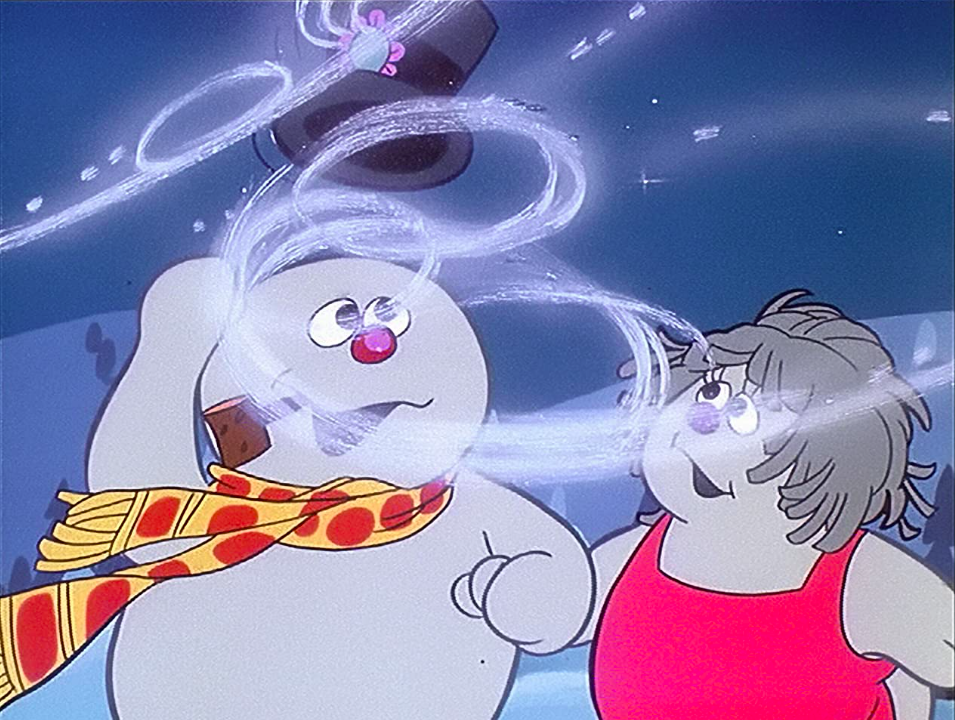
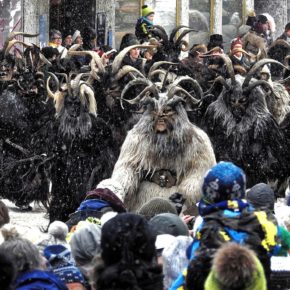
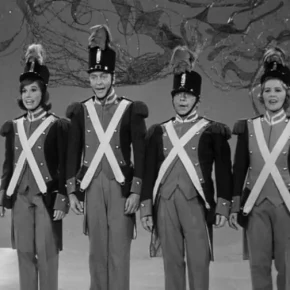
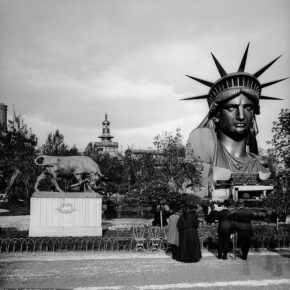
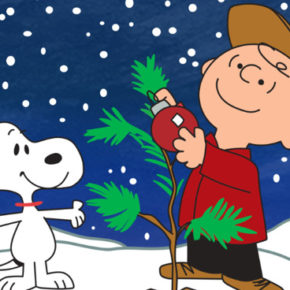









Comments by randomduck
virtual advent 2020: a fab holiday (and it’s been 40 years…)
@compassionknit: I think the issue is that John had Julian ...
ten on tuesday: the music died too young
Good call on those three!
my 30s: a look back
Thanks, Darren and Jeff! Jeff, riding along the California coast with ...